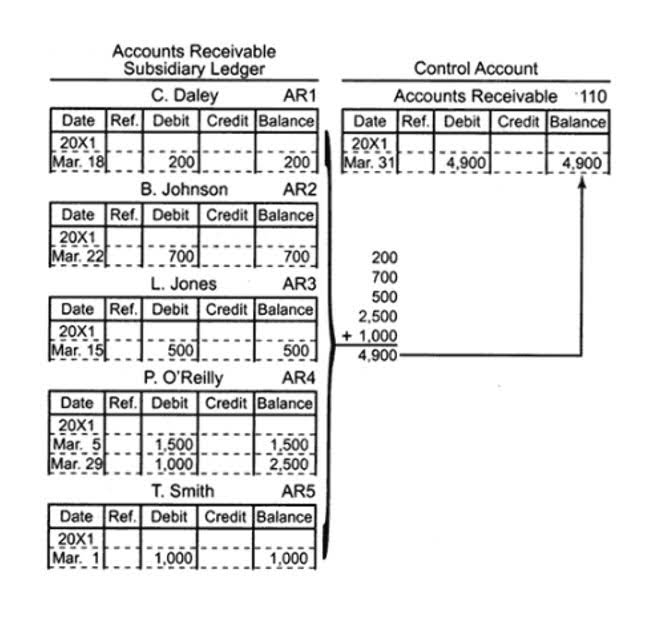
This involves staying up to date with industry trends and evolving financial practices, as well as evaluating the outcomes of decisions influenced by this analysis. This method proves more insightful than relying solely on generic financial ratios or industry benchmarks. While industry comparisons can be helpful, vertical analysis offers direct, context-specific insights without solely depending on external rules of thumb. We’ll not only cover the basics but also guide you through its practical application in analyzing income statements. Plus, we’ll explore its strategic significance for FP&A, demonstrating how it can be a valuable asset in financial planning and analysis. By using vertical analysis we can look at the proportional contribution of each cost (COGS, marketing, salaries, etc) and analyze which are having a significant impact on profitability.

AP & INVOICE PROCESSING
- While there was a big increase in revenue across the company as a whole in 2023, the majority of this has come from the Asian region.
- It’s a key responsibility of the FP&A team to keep track of this and foresee how different strategies might affect the company’s finances in the long run.
- Common size balance sheet expresses each line item as a percentage of total assets.
- Before you can begin to use vertical analysis, there are a couple of steps you must follow.
- If 5% of company revenue was generated through currency movements, and an additional 5% was generated from a business unit with just one client, those represent significant risks to the business.
Displaying each part of the budget as a percentage of a significant number makes it easy for experts to detect linkages. There has also been a substantial increase in staff and payroll costs, which could be an expected part of the strategy leading to increased revenue in Asia, or it could be a worrying trend worth looking at. If 5% of company revenue was generated through currency movements, and an additional 5% was generated from a business unit with just one client, those represent significant risks to the business. Sync data, gain insights, and analyze performance right in Excel, Google Sheets, or the Car Dealership Accounting Cube platform. Cube’s AI automates the heavy lifting, letting your finance team focus on strategic insights. Thousands of people have transformed the way they plan their business through our ground-breaking financial forecasting software.

Vertical analysis example (income statement)
This strategy can save a significant amount of time, as it shifts the focus to the areas of the company’s financials that need the most attention. This isn’t about hiding information or presenting vertical analysis an unrealistic picture; it’s quite the opposite. It’s about allowing executives and decision makers to drill down to the vital information quickly—without needing to sift through hundreds of pages of financial data. Here, analysts and FP&A teams can get a clear view of the company asset allocation, look at how liabilities compare to company assets, and review the equity structure of the business.
Importance of Vertical Analysis in Financial Reporting
Through vertical percentage analysis, you can also forecast future financial performance. Understanding the relationship between different line items within the financial statements can provide FP&A professionals to make assumptions about the future composition and recording transactions allocate resources accordingly. This analysis can be particularly useful when performing scenario analysis to assess the potential impact of different strategies or market conditions on the company’s financials. In this vertical analysis, we express each item on the balance sheet as a percentage of the total assets (for assets) or total liabilities and equity (for liabilities and equity). This helps us understand the composition of the balance sheet and identify any significant trends or deviations.
Company

It allowed analysts like Poor to better understand the composition and proportional relationships between items on the income statement and balance sheet. For the income statement, the base figure used in vertical analysis is typically total net sales or total revenue. Expressing each income statement line item as a percentage of total revenue shows the relative proportion of revenue that is absorbed by each expense or cost.

Common Size Financial Statements

Investors, managers, and analysts use vertical analysis to identify trends in operational performance, make intra-firm comparisons, and gauge financial health against industry standards. The first step of vertical analysis is to make a new income statement, such as the common size income statement stated below. Here, we have divided each item by the company’s total sales and shown each category as a percentage of total sales for year 1-3 respectively. The formula for vertical analysis allows for easy comparison of financial data between different periods and companies in the same industry. As a result, businesses can quickly compare their financial performance to industry benchmarks. A study by PwC indicated that companies using vertical analysis were 15% more efficient in comparative financial evaluations.
- This analysis can be particularly useful when performing scenario analysis to assess the potential impact of different strategies or market conditions on the company’s financials.
- Likewise, all the items in the balance sheet are stated as a percentage of the total assets.
- This normalization using percentages is the key benefit of vertical analysis, rather than just comparing the absolute rupee amounts.
- Thousands of people have transformed the way they plan their business through our ground-breaking financial forecasting software.
- A higher ratio indicates a company is efficiently producing its products or services.
- This simplicity and clarity enables efficient evaluation of a company’s financial health and performance, leading to more effective strategic decision-making by executives.
Advantages
The key advantage of vertical analysis is improving comparability between companies. For a $10 million revenue company $1 million of R&D costs is clearly more significant than for a $1 billion revenue company. But expressing R&D as 10% of revenue for both companies immediately shows they devote the same portion of sales to R&D on a relative basis.
